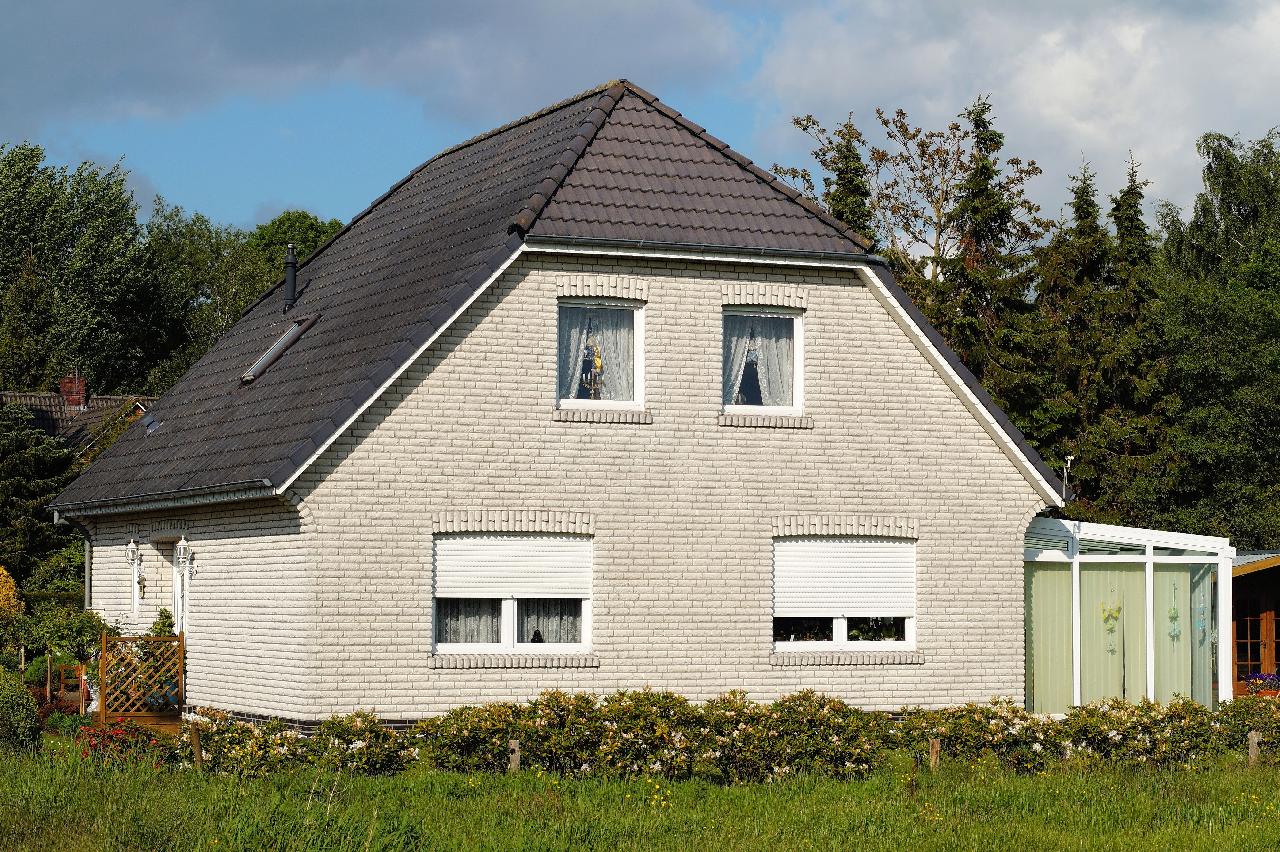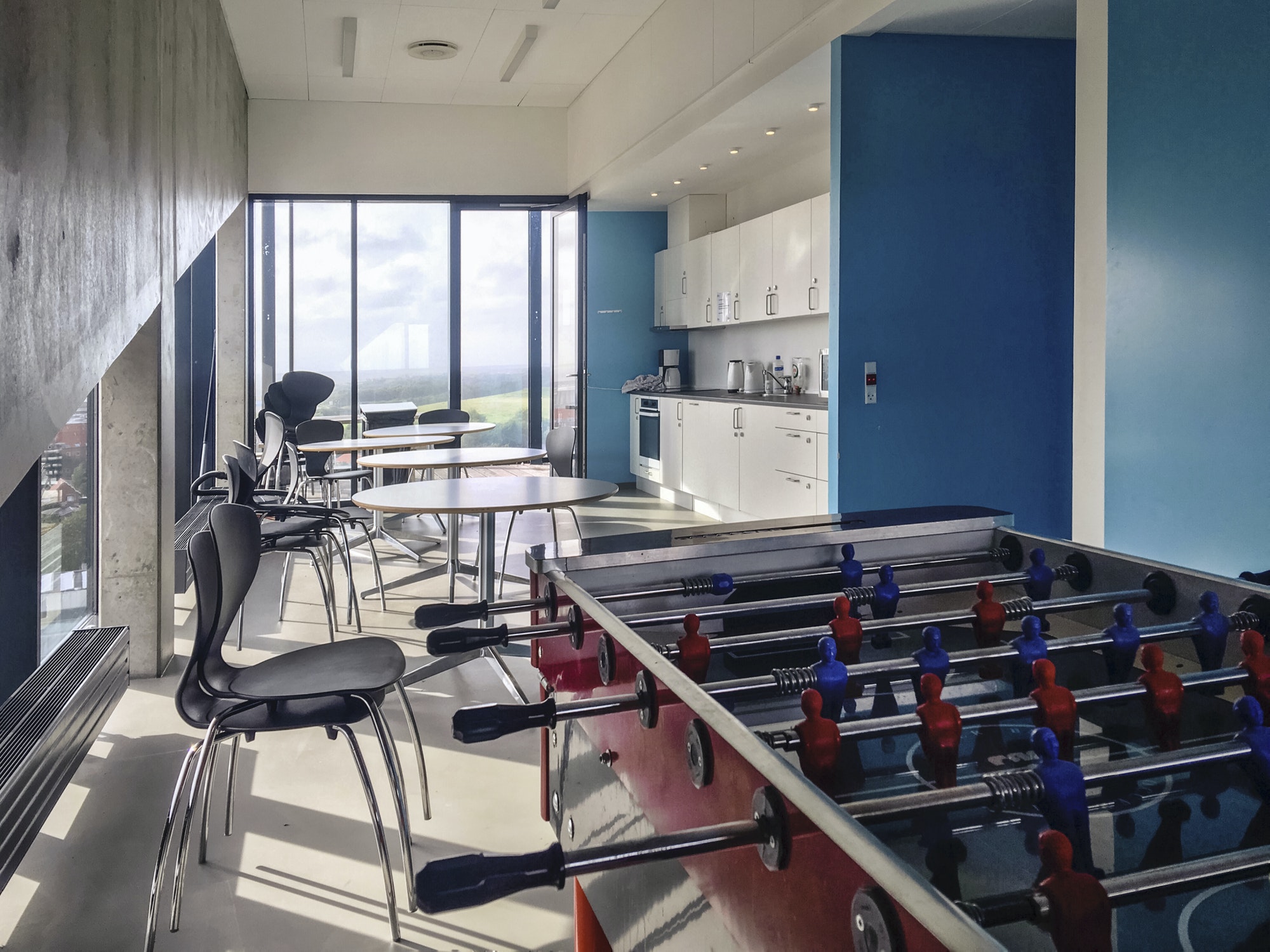The restaurant industry is constantly evolving, and staying on top of current trends is essential for any successful enterprise. Here are some of the most fashionable styles of restaurants right now that can help your business stand out and attract a diverse clientele:
1. Farm-to-Table Restaurants
Farm-to-table restaurants prioritize locally sourced, fresh ingredients, and sustainable practices. This style emphasizes seasonal menus and a direct relationship with local farmers and producers. The décor often features rustic, earthy elements such as reclaimed wood, natural lighting, and greenery, creating a warm and inviting atmosphere. This approach not only appeals to environmentally conscious diners but also ensures high-quality, flavorful dishes.
2. Pop-Up Restaurants
Pop-up restaurants offer a temporary and often exclusive dining experience, usually in unconventional locations like rooftops, warehouses, or art galleries. These establishments allow chefs to experiment with new concepts, cuisines, and dining formats without the long-term commitment of a permanent location. The transient nature of pop-ups creates a sense of urgency and excitement, attracting food enthusiasts eager to try something new and unique.
3. Food Halls
Food halls combine a variety of culinary options under one roof, providing a communal dining experience. They often feature multiple vendors specializing in different types of cuisine, from gourmet burgers to artisanal pastries. Modern food halls are designed with vibrant, open spaces, and communal seating, and often incorporate local art and culture. This setup allows customers to enjoy a diverse range of dishes in a single visit, catering to a wide range of tastes and preferences.
4. Fusion Cuisine
Fusion restaurants blend elements from various culinary traditions to create innovative and unique dishes. This style appeals to adventurous eaters looking for new and exciting flavor combinations. Décor in fusion restaurants is often eclectic, reflecting the mix of cultures and culinary influences with bold colors and diverse design elements. Fusion cuisine allows chefs to experiment creatively, offering diners a refreshing take on familiar dishes. Using traditional chef clothing can make these stand out and catch the eye. You can see the full range of white chef coats here.
5. Minimalist and Scandinavian
Minimalist and Scandinavian restaurant styles focus on clean lines, simplicity, and functionality. These establishments often use natural materials like wood and stone and maintain a neutral color palette. The emphasis is on creating a calm, uncluttered environment that allows the food to be the star of the experience. This style is particularly popular for fine dining and upscale casual eateries, providing a serene and elegant dining atmosphere.
6. Industrial Chic
Industrial chic combines industrial spaces’ raw, unfinished look with stylish, modern elements. Exposed brick walls, metal beams, and concrete floors are paired with chic furnishings and contemporary art. This style often includes open kitchens, allowing diners to see the cooking process creating an interactive and dynamic dining experience. Industrial chic is ideal for urban locations and appeals to a trendy, modern clientele.
7. Speakeasy-Inspired
Speakeasy-inspired restaurants and bars offer a nod to the Prohibition era with hidden entrances, vintage décor, and an intimate atmosphere. These establishments often feature craft cocktails and a menu of elevated bar bites. The allure of a secret or exclusive venue adds to the charm and appeal, attracting diners looking for a unique and memorable experience.
8. Plant-Based and Vegan
With the rise of health-conscious and environmentally-aware consumers, plant-based and vegan restaurants are booming. These establishments focus on innovative, delicious plant-based cuisine that appeals to both vegans and omnivores. Décor is often bright and vibrant, with plenty of greenery and a fresh, modern aesthetic that emphasizes wellness and sustainability.
9. Ethnic and Authentic
Ethnic restaurants that offer authentic culinary experiences are increasingly popular. Whether it’s a cozy Italian trattoria, a bustling Thai street food joint, or a traditional Japanese izakaya, these restaurants focus on delivering genuine flavors and cultural experiences. Authentic décor and traditional recipes attract diners seeking a true taste of a specific cuisine.
10. Interactive and Experiential Dining
Interactive and experiential dining takes the meal beyond just eating, incorporating entertainment, education, and engagement elements. This could include chef’s tables, where diners can interact with the chef, DIY food stations, immersive themes, or augmented reality experiences. The goal is to create memorable, multi-sensory dining experiences that engage all the senses.
Conclusion
The current trends in restaurant styles reflect a diverse and dynamic industry catering to a wide range of tastes and preferences. From sustainable farm-to-table establishments to chic industrial spaces and interactive dining experiences, these trends highlight the innovative and ever-evolving nature of the culinary world. By adopting these fashionable styles, restaurateurs can create captivating dining experiences that attract and delight modern diners, ensuring their enterprise stays ahead in a competitive market.
Discover more from Futurist Architecture
Subscribe to get the latest posts sent to your email.



